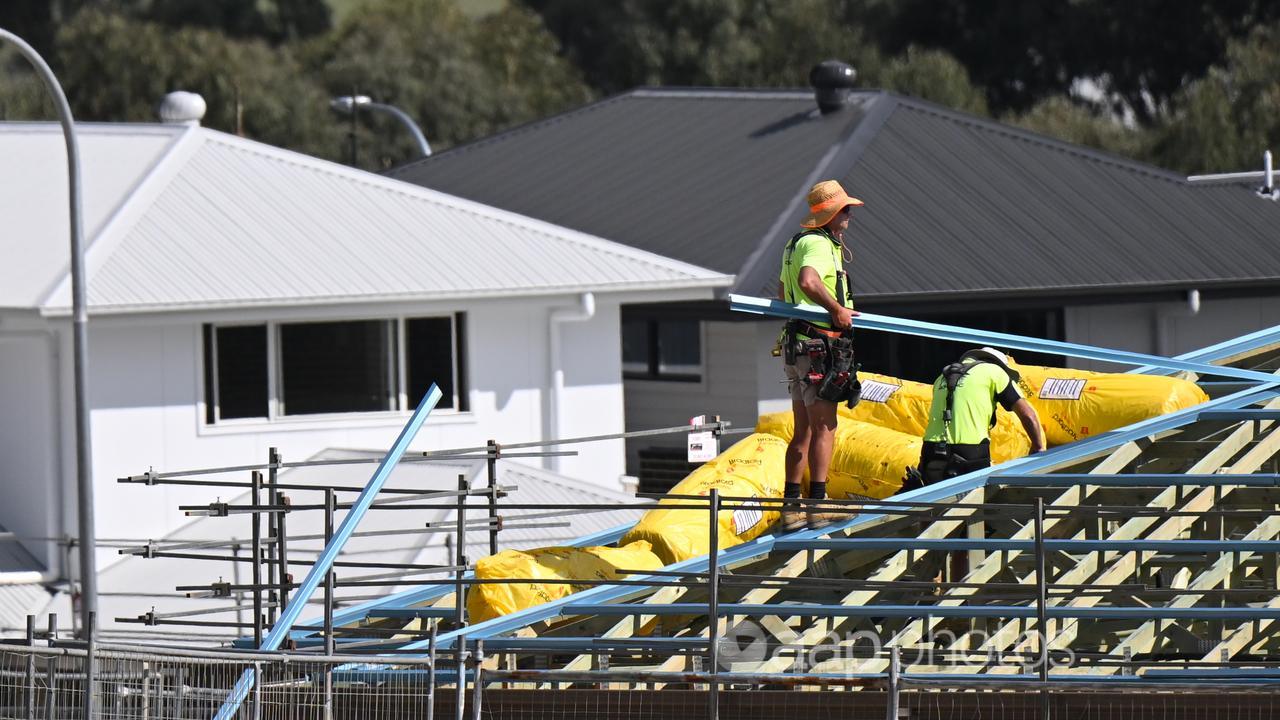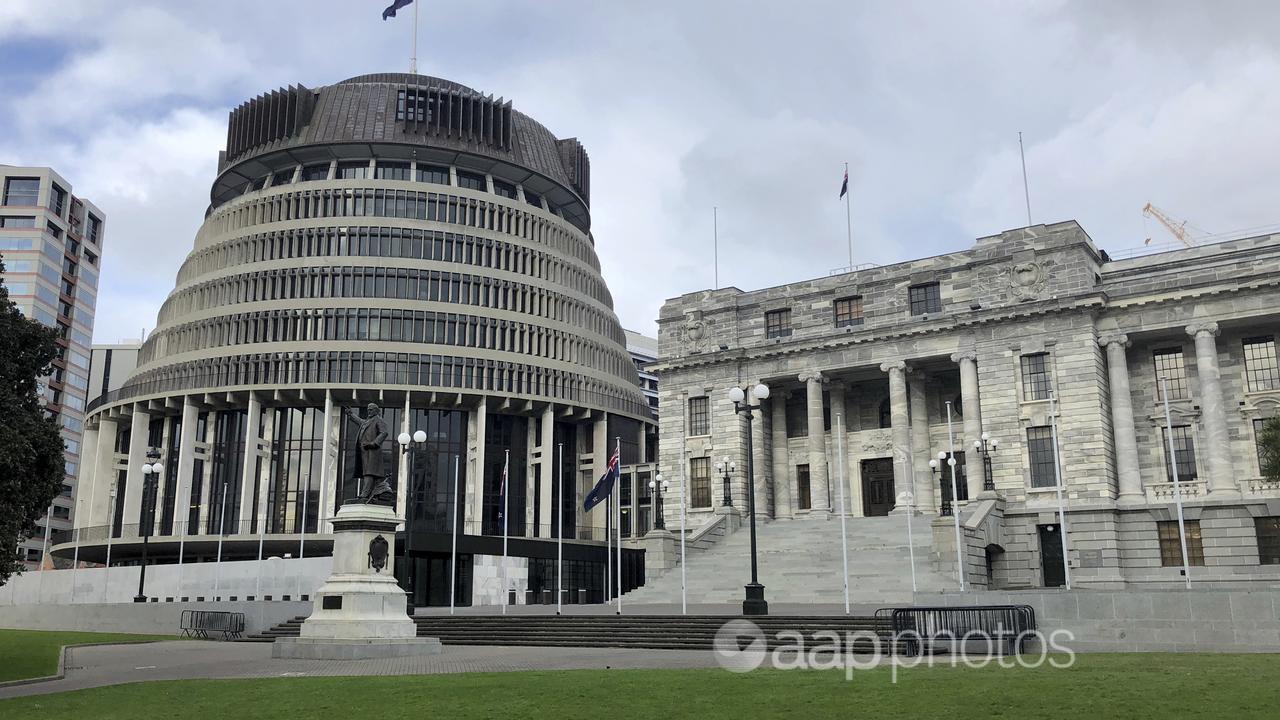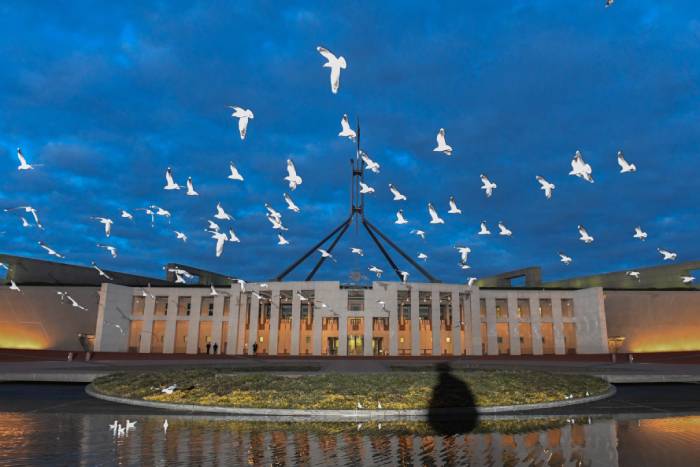A deepening skills shortage and plunging housing starts threaten the nation’s ambitious target of 1.2 million new homes by 2029.
Housing construction data from the Australian Bureau of Statistics on Wednesday is expected to reflect the worst year for new home building in more than a decade.
Housing starts in 2023/24 plummeted 8.8 per cent to 158,690 – a concerning trend for housing affordability and supply.
The Housing Industry Association has flagged a dire need for 83,000 extra workers to meet demand for residential construction, citing challenges in attracting, training and retaining skilled workers.

Managing director Jocelyn Martin blamed this on long-standing inadequacies in government policy.
“The focus on fee-free TAFE is distracting from the real issue facing the supply of housing in Australia,” Ms Martin said.
“Successive governments have been aware of persistent skill shortages across key trades for decades and current policy approaches are doing very little to shift the dial.”
Wage subsidies for apprentices, streamlined visa systems for skilled migrants and a national campaign to promote trades as viable, rewarding careers were among strategies suggested by the HIA to address the shortages.
Retention remained a key challenge, with high dropout rates among apprentices in their first two years, Mr Martin said.
The National Housing Accord is an agreement between federal, state and territory governments that aims to build 1.2 million new homes by 2029 to address Australia’s housing crisis.
But there are already fears the federal government is falling behind the target.
The HIA’s concerns were echoed by Master Builders Australia chief executive Denita Wawn, who highlighted the importance of retention and completion in trade training.
While supportive of the government’s fee-free TAFE initiative, she expressed caution about legislating it at the expense of private and not-for-profit training providers.

“There’s simply not enough data to show what (fee-free TAFE) does to the market,” Ms Wawn told ABC radio on Tuesday.
“Only 50 per cent of people doing a building trade actually complete their course and that’s where the emphasis and the focus should be, not about this legislation.”
Ms Wawn pointed to mentoring programs and group training organisations as effective tools for improving retention, while advocating for targeted incentives to support apprentices through the financial challenges of their training.
“It’s not so much the salaries; it’s more the support through the duration of the apprenticeship,” she said.
“By the time you finish your apprenticeship, you don’t have a HECS debt, you’ve been earning money, and you’ll be able to get close to a six-figure salary.”
Addressing gender diversity was another priority, with women comprising just 2 per cent of the trade workforce.
The Housing Industry Association’s pre-budget submission will propose practical solutions to bolster the workforce, including reforms to the apprenticeship system and industry-wide efforts to improve workplace culture and safety



















